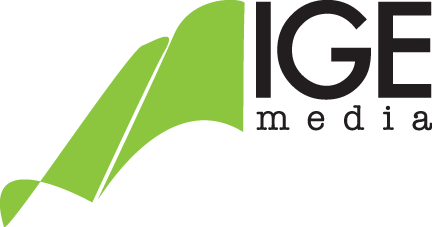Are you wondering what content marketing is (and isn’t)? Are you trying to figure out how to get started or how to justify a content budget within your organization? Or maybe you are already working with content marketing…but you want to get better results? You’ve come to the right place.
Let’s review first. What is content marketing? Content marketing is a marketing technique of creating and distributing valuable, relevant and consistent content to attract and acquire a clearly defined audience – with the objective of driving profitable customer action. Basically, it is the art of communicating with your customers without selling.
There is a dizzying array of guides, checklists, tools and adaptations available online that explain how to begin your own content marketing plan. Because of the vast quantity, it is hard for some to connect the dots while sifting through this enormous amount of information available.
One simple guide for newbies is “The CMI Content Marketing Framework: 7 Building Blocks to Success.” This guide includes resources, tools, methodologies and more that will provide a framework for success.
Joe Pulizzi, founder of the Content Marketing Institute, said that there are no silver bullets or onesize- fits-all plans that apply to every organization. However, there are some core, common elements across successful content marketing programs. Taking time to complete each of the seven steps with key members of your organization can set you on a path to developing a successful content marketing plan. You will learn the following:
• What questions your content marketing strategy (i.e., “plan”) should answer
• How to engage your audience early, and often, throughout your journey
• The importance of unveiling your brand stories as a way to communicate your company’s passion and purpose
• How to determine which channels will best meet your specific needs
• Methods for turning your content strategy into action, with some concrete processes and resources you can use
• Why listening to the conversation is so crucial (with some simple tips)
• How to develop meaningful — and sustainable — measurement processes that will support your content efforts throughout the long haul.
7 Building Blocks – In a Nutshell
1. Plan Planning should be a continual process. If you are just beginning to build your program, planning might take the form of a business case or a mission statement. For other organizations that have been building a content marketing program for some time, it may be a regular checkpoint to ensure that your programs continue to meet business goals. Regardless, the fundamental purpose should be to best understand who you are, where you are and where you want to be.
2. Audience This is who you are trying to reach to help continually grow your business. This group can contain several different personas and you should consider how your audiences’ needs will change as they go through your sales cycle (from those who know nothing about you to longtime loyalists). Understanding what their different needs are over time will help you start to identify the content they will need to guide them along their buying cycle.
3. Story This is the most important step before developing your content. It’s the big ideas that you represent. It’s what you really do for a living. Your story identifies what your passions are and serves as the foundation for all your future content developments.
4. Channels The content strategy defines your channel strategy— not the other way around. You’ll need a strategic channel strategy in place before you share your stories with the world. Be sure to identify all channels (existing and potential future ones) and explore which ones might be most effective (i.e., what should we stop, start and continue). Make time for editorial planning and budgeting. Identify your metrics for determining the success of each channel.
5. Process Your story is unique, and so too will be your method for telling it. Establish roles and responsibilities, guidelines, and even a schedule. Who does what? What is the style or writing guidelines? What time slots are most effective? How do we converse? Who can help us? Find tools and programs online to help you transform your company into a publishing company.
6. Conversation Your content is now a conversation – a story that needs an audience to respond. A key element of your framework that needs to be nurtured is a connection to, and conversations with, your consumers.
7. Measurement Measure at the beginning, middle and end. What’s working? What isn’t? And what do you need to do to make it work next time? You’ll want to establish a system for monitoring and reporting the results of your activities in a way that makes sense to you and your stakeholders.

